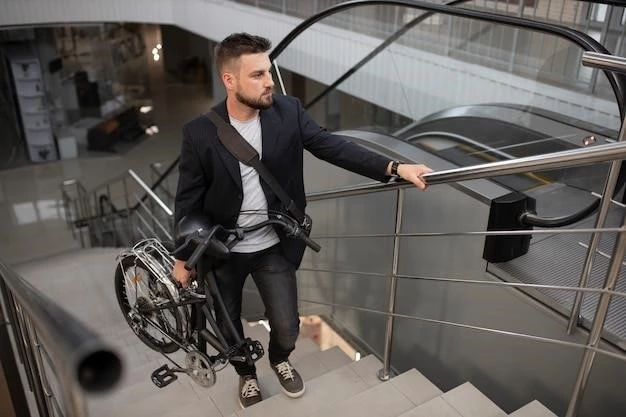Autonomous vehicles (AVs), also known as self-driving cars, are rapidly gaining traction in the automotive industry, promising a future of safer, more efficient, and more convenient transportation. However, beyond their general benefits, AVs hold particular promise for individuals with disabilities, offering a transformative potential to enhance their mobility, independence, and quality of life.

Increased Accessibility and Mobility
For people with disabilities, traditional car ownership and driving can be fraught with challenges. Physical limitations, cognitive impairments, and accessibility issues can significantly hinder their ability to operate a vehicle safely and independently. AVs, on the other hand, remove these barriers, providing a much-needed solution for increased accessibility and mobility.
- Elimination of Physical Limitations: AVs eliminate the need for physical dexterity and coordination required for manual driving. Individuals with limited mobility, such as those with spinal cord injuries, amputations, or muscular dystrophy, can enjoy the freedom of independent travel.
- Cognitive Assistance: AVs can adapt to cognitive impairments, such as visual or auditory limitations. Advanced navigation systems, voice commands, and intuitive interfaces make it easier for individuals with cognitive disabilities to navigate and understand their surroundings.
- Enhanced Safety: AVs are programmed to follow traffic laws, anticipate potential hazards, and react faster than human drivers, significantly reducing the risk of accidents. This enhanced safety is particularly beneficial for individuals with disabilities who may be more vulnerable to accidents due to their physical limitations.
Enhanced Independence and Empowerment
Beyond physical accessibility, AVs can significantly empower people with disabilities by promoting independence and social inclusion. By allowing individuals to travel without relying on others, AVs break down barriers to social interaction, employment opportunities, and participation in community activities.
- Increased Freedom of Movement: AVs provide a means of transportation that is not reliant on others, allowing individuals with disabilities to travel when they want, where they want, and without the need for assistance.
- Improved Access to Employment: Access to reliable and accessible transportation is crucial for employment opportunities. AVs can facilitate job searching, commuting to work, and participation in training programs, expanding career options for individuals with disabilities.
- Increased Social Engagement: AVs can promote social inclusion by enabling people with disabilities to participate in social activities, visit friends and family, and enjoy leisure pursuits without relying on others.
Economic and Social Benefits
The widespread adoption of AVs for people with disabilities carries significant economic and social benefits. By reducing reliance on public transportation or specialized services, AVs can save individuals and families money, improve their overall quality of life, and contribute to a more inclusive society.
- Reduced Transportation Costs: AVs can potentially reduce transportation costs for individuals with disabilities by eliminating the need for specialized vehicles, personal care attendants, or public transportation fares.
- Improved Quality of Life: Increased mobility and independence can lead to improved quality of life for individuals with disabilities, allowing them to participate more fully in society and pursue their interests.
- Social Inclusion: AVs can contribute to a more inclusive society by providing equal access to transportation for people with disabilities, breaking down barriers to social participation and integration.

Challenges and Considerations
While the potential benefits of AVs for people with disabilities are numerous, it is important to acknowledge the challenges and considerations that must be addressed to ensure their effective implementation.
- Accessibility Features: AVs must be designed with universal accessibility features, such as voice commands, intuitive interfaces, and adaptive controls, to cater to diverse needs.
- Cost and Affordability: The cost of AVs may be a barrier for some individuals with disabilities. Government subsidies, insurance programs, and affordable rental options may be needed to make AVs accessible to all.
- Safety and Security: Ensuring the safety and security of passengers with disabilities is paramount. AVs must be equipped with appropriate safety features and security measures to prevent accidents and protect vulnerable users.
- Public Infrastructure: Public infrastructure, such as sidewalks, crosswalks, and parking spaces, must be adapted to accommodate AVs and ensure safe and accessible travel for people with disabilities.
- Regulatory Framework: A clear regulatory framework is needed to address issues related to AV operation, liability, and accessibility standards to ensure the safety and rights of all users.
Conclusion
Autonomous vehicles hold immense potential to transform the lives of people with disabilities, offering increased accessibility, independence, and social inclusion. By addressing the challenges and implementing appropriate measures, society can unlock the full benefits of AVs and create a more equitable and accessible transportation system for all.










